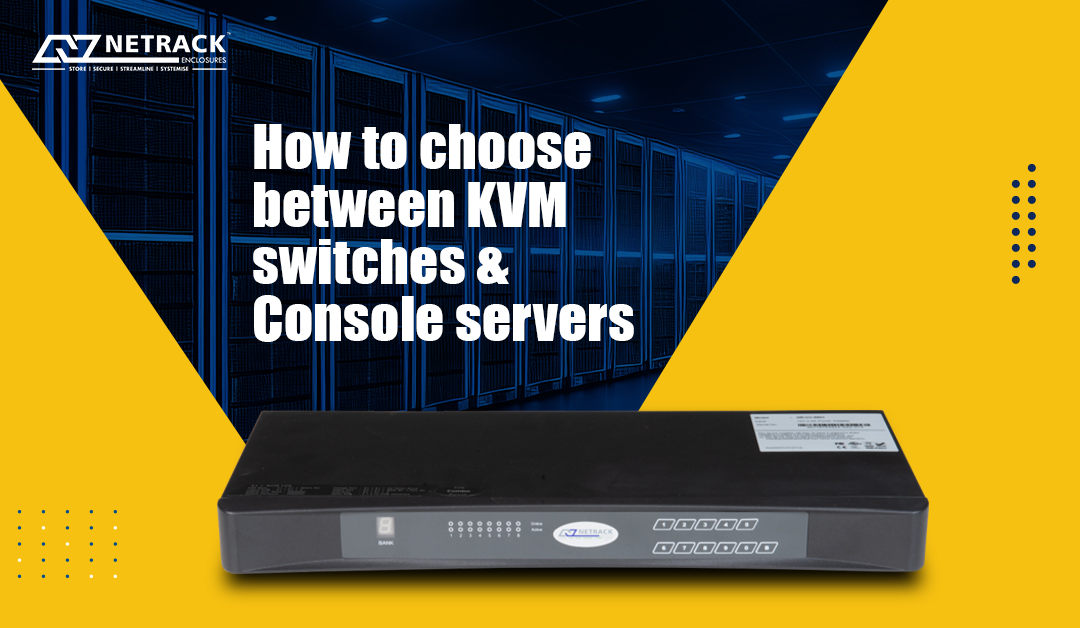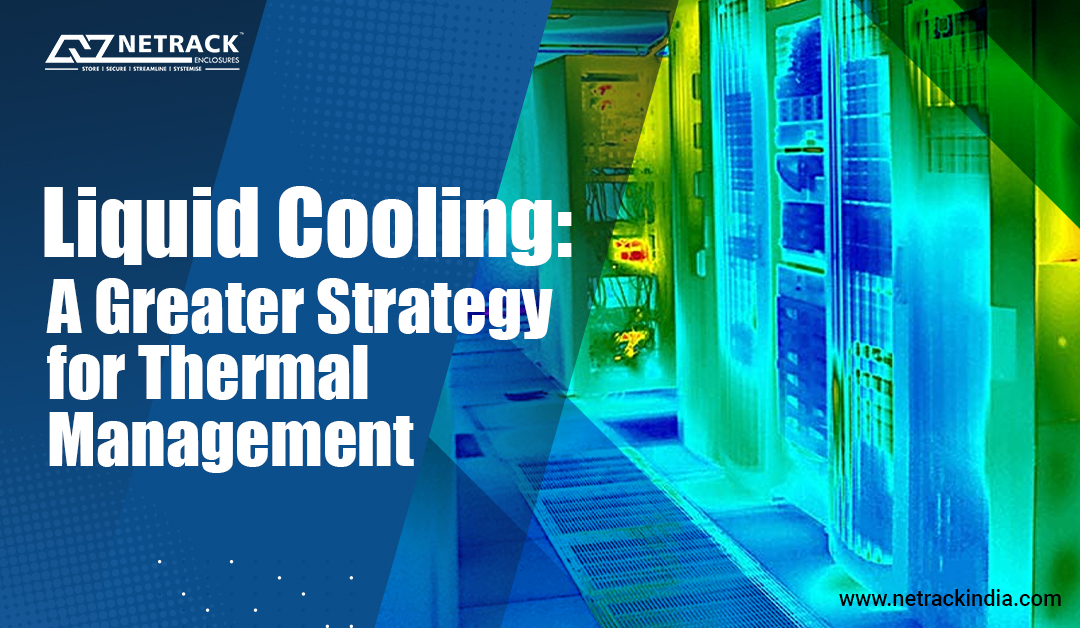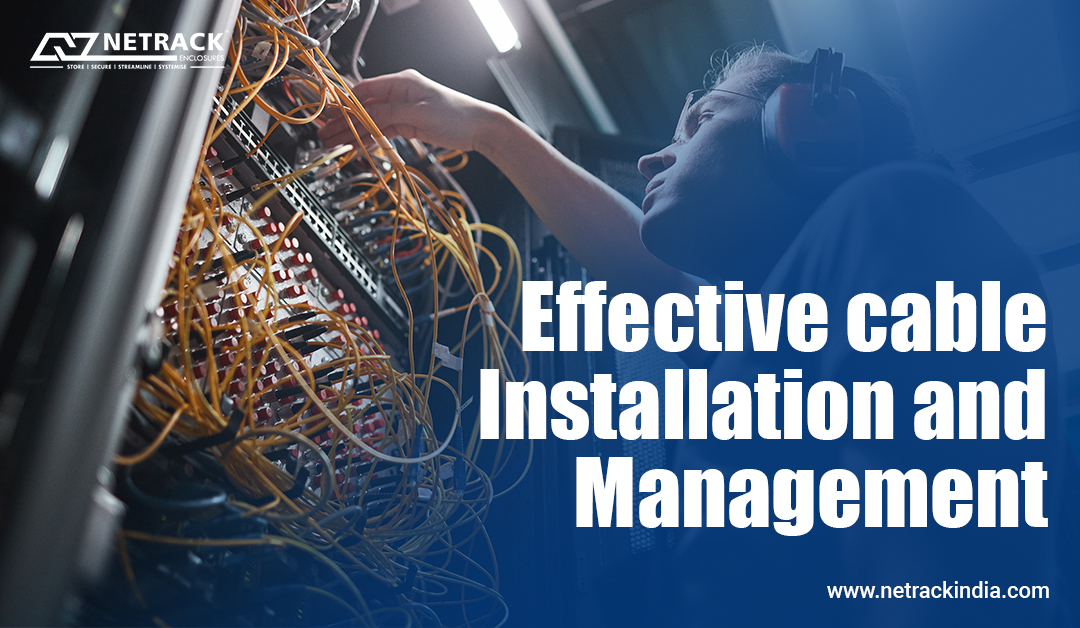How to choose between KVM switches and console servers
KVM switches KVM switches and console servers are critical for managing the data center infrastructure, especially when data centers have become the backbone of the IT industry. However, both KVM switches and console servers are efficient for a IT enclosure or an entire data center. Yet there are certainly functional differences that make them ideal for different requirements. Identifiable difference between KVM switches and console There are two main differences between KVM switches and console servers. First, the KVM switches can regulate multiple servers and PCs using a single keyboard, video monitor, and mouse. Hence, data centers with various PCs and servers depend upon KVM switches to manage file servers, domain servers, print servers, and blade servers. But the console servers can only control the devices connected to the serial and network. Secondly, the KVM switches can only adjust between the connected devices, but console servers, on the other hand, can access the system consoles of any network
Read More


